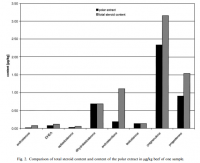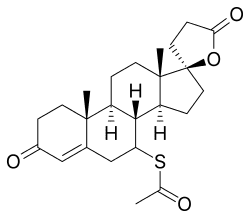DuggaDugga
Member
- Joined
- Jun 7, 2017
- Messages
- 204
Only if one is experiencing the side-effects (e.g. a teenager whose life "is being ruined" by acne).
It doesn't really. I think the best science indicates that total serum cholesterol plays a relatively minor role in atherosclerotic plaque formation.
I agree, but the amount of money generated off statins would seem to indicate that that unfortunately isn't the general consensus among prescribing clinicians.
Regardless, my point is that diminishing androgens to decrease sebum production is similarly myopic. It's the same type of reductionist thinking that led to Accutane.


